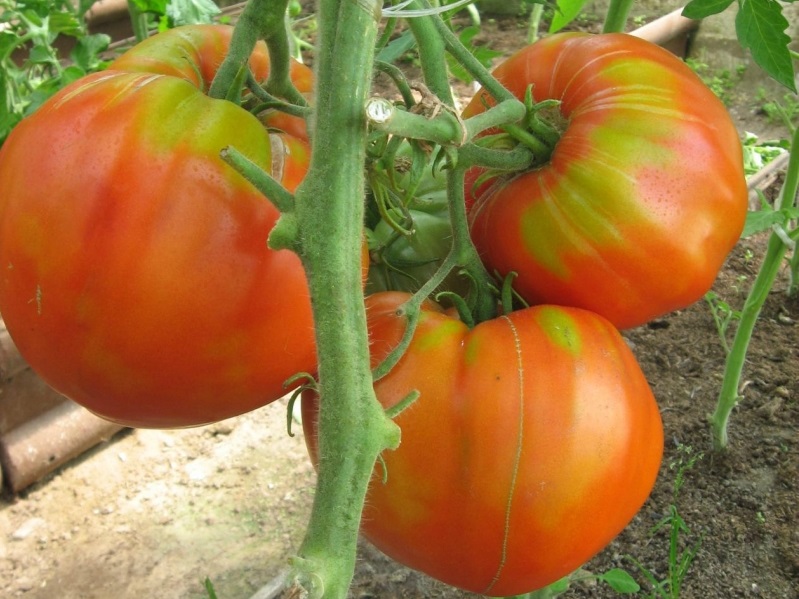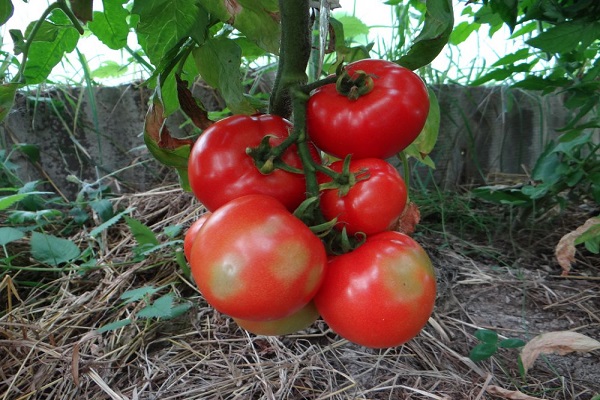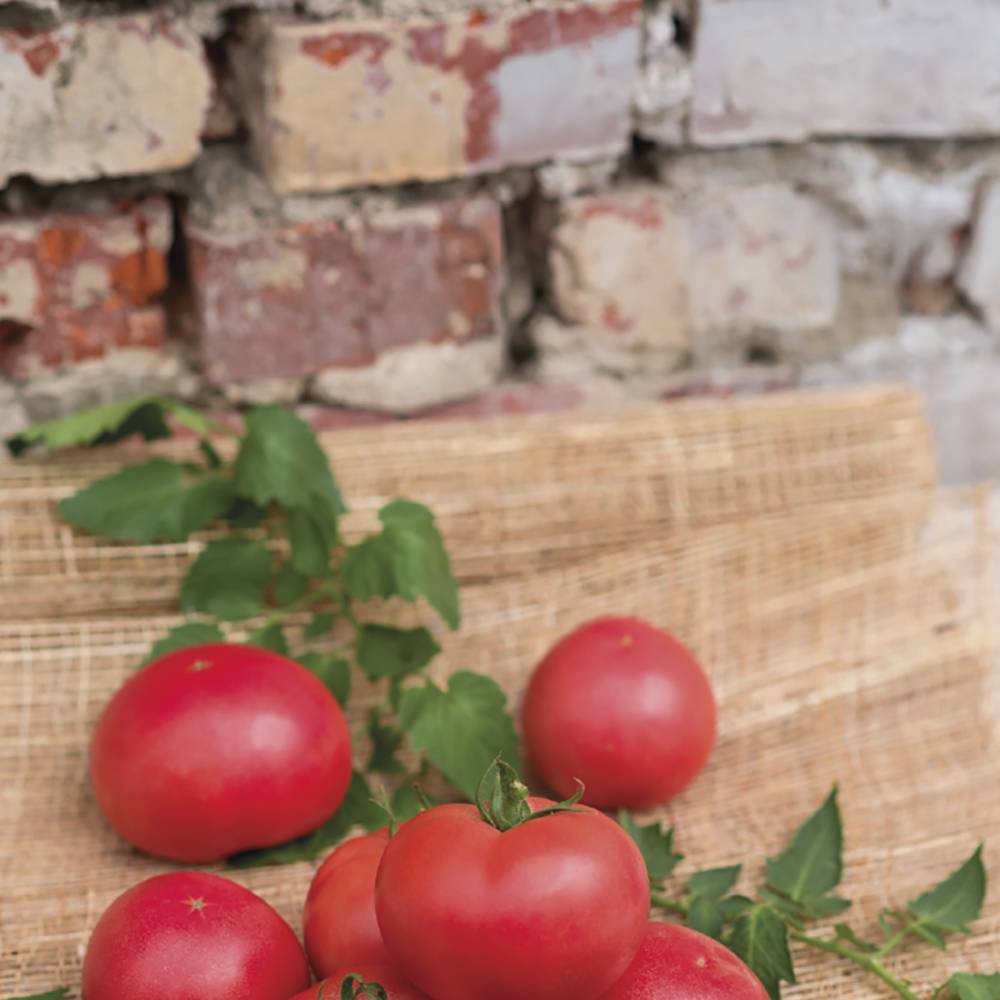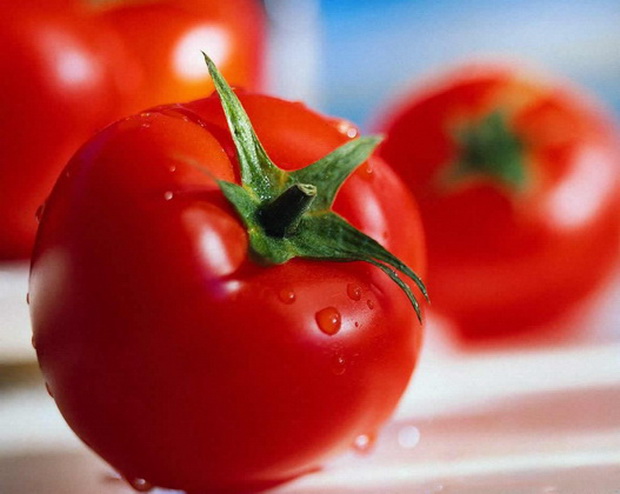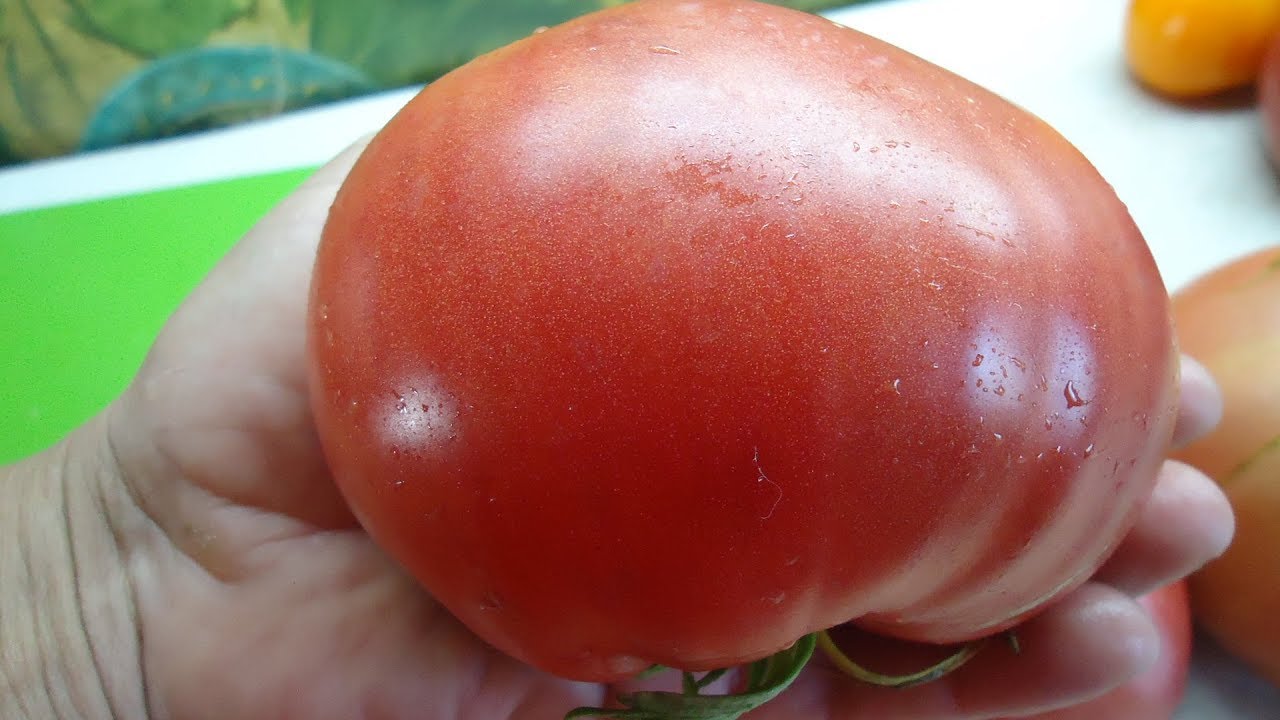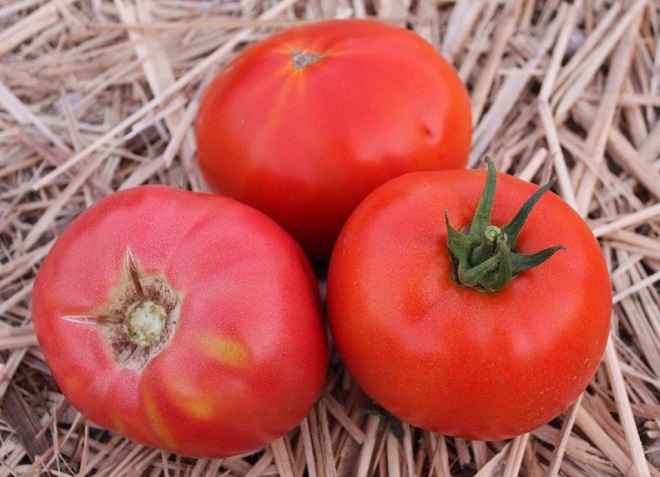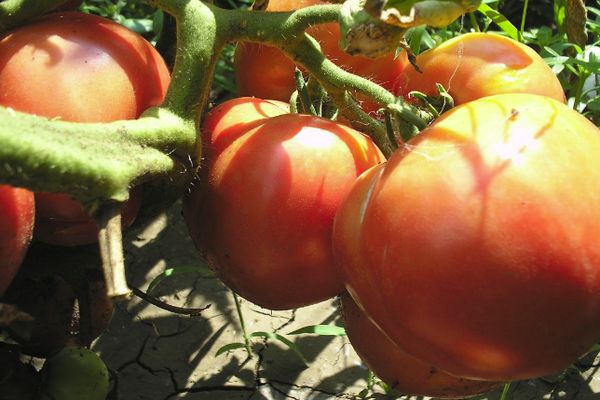Content:
Tomatoes, with a pleasant taste and increased meatiness, are the cherished dream of almost any gardener. It is to such varieties that the pink fleshy tomato belongs, which with one name immediately "informs" all interested parties about the undoubted advantages of the species.
A bit of history
This variety of juicy tomatoes owes its appearance on the vegetable market to a group of domestic breeders who managed to bring it out back in 2006. It was initially positioned as a crop intended solely for planting either in unprotected ground or in a well-equipped greenhouse (under a film cover).
Almost immediately after its registration in the State Register, this tomato variety was recognized among professionals and took a leading position in most Russian markets. Fleshy sugary tomatoes deserve such high popularity for their sweet taste, ease of care and high yield rates.
This variety shows especially good results (regardless of the place of cultivation) on the southern outskirts of our country. But even in more severe conditions, typical for the regions of central Russia, it also takes root well, guaranteeing its admirers quite a decent yield.
Characteristics and description of the variety
According to its technical parameters, the Meaty red tomato belongs to the indeterminate crops of the well-known standard type. And according to the terms of fruiting, it is customary to classify it as a mid-early plant (the first ripe fruits begin to appear already 90-105 days after sowing the seeds). When describing this varietal crop, the following characteristics are usually noted:
- The considerable size of tomato bushes, as well as large and attractive-looking fruits;
- All tomatoes Fleshy sugary very quickly take root both in a greenhouse and in unprotected soil, supplying gardeners with a ripe crop in abundance;
- The weight of individual tomatoes most often varies between 230 and 300 grams;
- Moreover, at the earliest stage of fruiting, the first tomatoes can reach 700-800 grams;
- Tomatoes at various stages of their ripening have a rich orange or pink color, as well as a sweet pulp with a characteristic pleasant aroma.
This species is intended for consumption not only fresh; it is also suitable for processing to make delicious sauces, ketchups and concentrated juices. Due to their huge size, these tomatoes are not very suitable for whole canning for the winter, since they do not always fit in glass jars of standard capacity and shape. Their high sugar content is especially in demand in the manufacture of infant formula and puree.
Undemanding care and cold resistance make it possible to grow tomatoes, the Myasisty variety, not only in the central, but also in the northern regions of the country. True, their fertility in this case will be somewhat lower (when compared with the southern edges).
All the characteristics listed above allow us to conclude that the yield of this variety can reach record levels. With a properly organized growing season in greenhouse conditions, it is sometimes possible to collect up to 10-12 kg of sweet and pleasant-tasting tomatoes from a unit area.For unprotected soil, this figure looks a little more modest and is about 8-10 kg.
The considered variety of tomatoes, Sugar, is also good in that its fruits are perfectly adapted for long-term commercial transportation and can be stored in warehouse conditions for a very long time.
Features of vegetation
Planting by seeds
Tomatoes called Meaty Tomatoes are grown mainly through the cultivation of seedlings, which are usually sown with seeds at the very end of March or early April. It is planted in containers of a suitable size, which are first filled with a specially prepared earthen mixture.
The soil in the sowing containers is pre-fertilized with a small amount of wood ash and spilled with boiling water mixed with potassium permanganate. All subsequent operations for planting seeds can be represented as follows:
- Processed and well-dried seeds are stuck into a pre-moistened and loosened soil mixture to a depth of no more than 1 cm;
- Then they are carefully sprinkled with the same earth, and then lightly spilled from a watering can with a special divider;
- After that, the boxes or containers with seedlings are removed to a warm place and left alone;
- When one or two fully formed leaves appear on the sprouted sprouts, the plant dives, seating each small bush in a separate container.
Even before planting in unprotected soil, the grown greens must be fertilized with nutritional supplements (this should be done at least 2-3 times).
According to the results of this procedure, the greens themselves, having been on the street for about a day, receive a good margin of safety necessary for successful germination.
Transfer to soil and care
In unprotected beds or in open ground, thoroughly sprouted seeds are planted approximately 60-65 days after their planting (this will be approximately the end of May - the very beginning of June). By this time, 6-7 full-fledged leaves and rudiments of flower beds should form on the shoots. The time to transfer them to the greenhouse is chosen somewhere in late April or early May.
To get full-fledged tomatoes that delight the gardener with juicy and sugary fruits, you will need to regularly weed the beds (remove weeds) and fertilize the soil. At this time, the correct watering regime is also important, abundant enough, but not very frequent. Only by observing all these rules of vegetation is it possible to obtain the required result.
When growing this vegetable plant further, it is important to remember the following points:
- Tomato Fleshy, sugary, the characteristics and description of the variety of which are discussed above, responds well to the addition of phosphate and potassium fertilizers, which should be applied at some distance from the roots of the young;
- In the process of growing up, small bushes definitely need pruning (molding), which leads to doubling of their stem;
- Fully ripe and harvested from the bushes, the juicy tomato crop can be stored for a long time in suitable conditions (it is allowed to do this at room temperature).
To protect against this ailment, you will need to cut off the affected fruits, and the bush itself must be treated with such a well-known remedy as "Hom" or the like. If this disease is detected, it is also recommended to limit the application of nitrogen fertilizers and reduce the amount of watering.
Advantages and disadvantages
It is customary to attribute the following properties to the main advantages of the culture in question:
- Quite high, and sometimes just a record yield;
- Wonderful taste conditions, due to which the variety got its brand name;
- The admissibility of cultivation not only in well-protected ground (in greenhouses), but also in open beds;
- Resistance to most of the most common garden diseases and the ability to resist pests;
- Ability to easily tolerate moisture deficit and sudden temperature fluctuations.
In addition, these fruits are perfectly adapted for transportation over fairly long distances, which is very important for specialists who grow them for the purpose of sale (that is, for farmers).
Like any plant, this variety has its own disadvantages, the main one of which is the following limitation. It lies in the fact that when cultivated and grown in northern latitudes, this species does not provide the declared yield indicators (they are valid only for the southern edges).
In the final part of this review, we note that the Sugar tomato attracts many users and gardeners with its low demanding care, as well as the wonderful taste of sweet and fleshy fruits. To get the full benefit of this variety, it is necessary to strictly follow all those vegetation rules that were discussed in the relevant chapters.
